In the first part of our article we reported on the "Icons" exhibition at the Kunsthalle Bremen. We explained our discussion in terms of content regarding the transformation of the concept of the icon in society - and how we were able to develop a strong identity for the exhibition with the sub-title "Worship and Adoration." (Original title: Was wir Menschen anbeten) and a visual idea. The following should deal with how we make a visit to the exhibition in Bremen into an even deeper experience for the visitors.
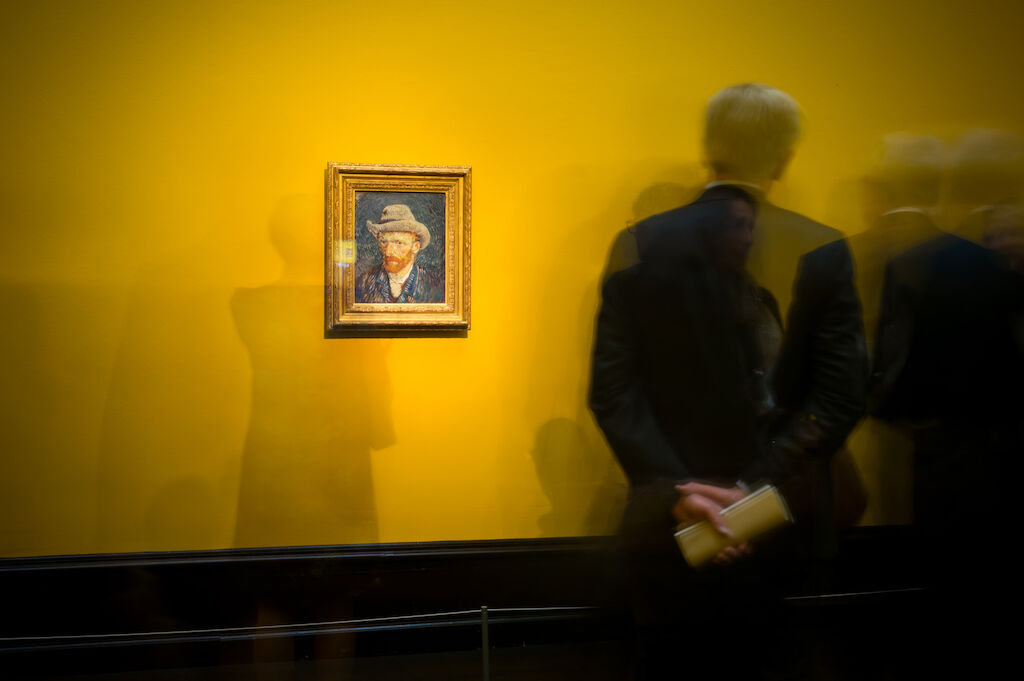
Blog
More than just branding for an extraordinary exhibition Part 2
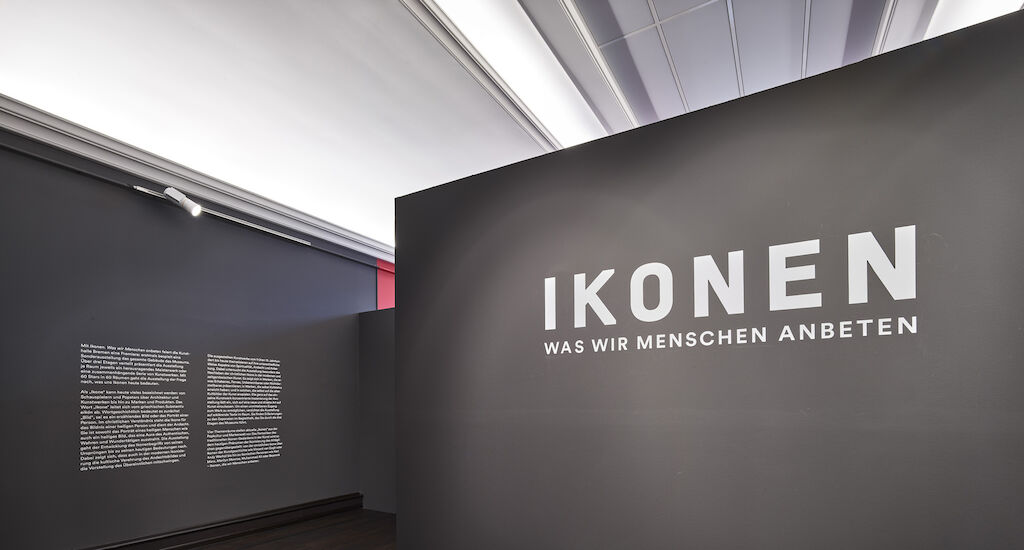
Worship in a new social context
We were able to support our goal of making the exhibition into a comprehensive experience with the
design, dramatic composition and scenography of four separate experience rooms, in which we deal with the question of what dimensions of meaning the term icon can have today.
We wanted to trigger a discourse for visitors, wanted to animate them already during the tour of the exhibition to discuss the diversity and the "reinterpretation" of the term icon. The experience rooms do not claim to fully depict the image of veneration in our time. They provide an impulse for (self-)reflection, discussion and critical examination.
To do so, we first considered "Iconic People/Iconic Moments". In the room for this, the visitors find constantly changing black and white motifs of world-famous personalities and iconic moments on large-format screens, which are deeply embedded in the collective consciousness of humanity in famous photos. Martin Luther King and Albert Einstein are remembered here, for instance, alongside Willy Brandt dropping to his knees in front of the memorial to the Warsaw Ghetto and the lone demonstrator in front of the tanks in Peking’s Tiananmen Square. Here we find Greta Thunberg alongside Mao, Marilyn Monroe alongside Mother Teresa, Ronald Reagan alongside David Bowie.
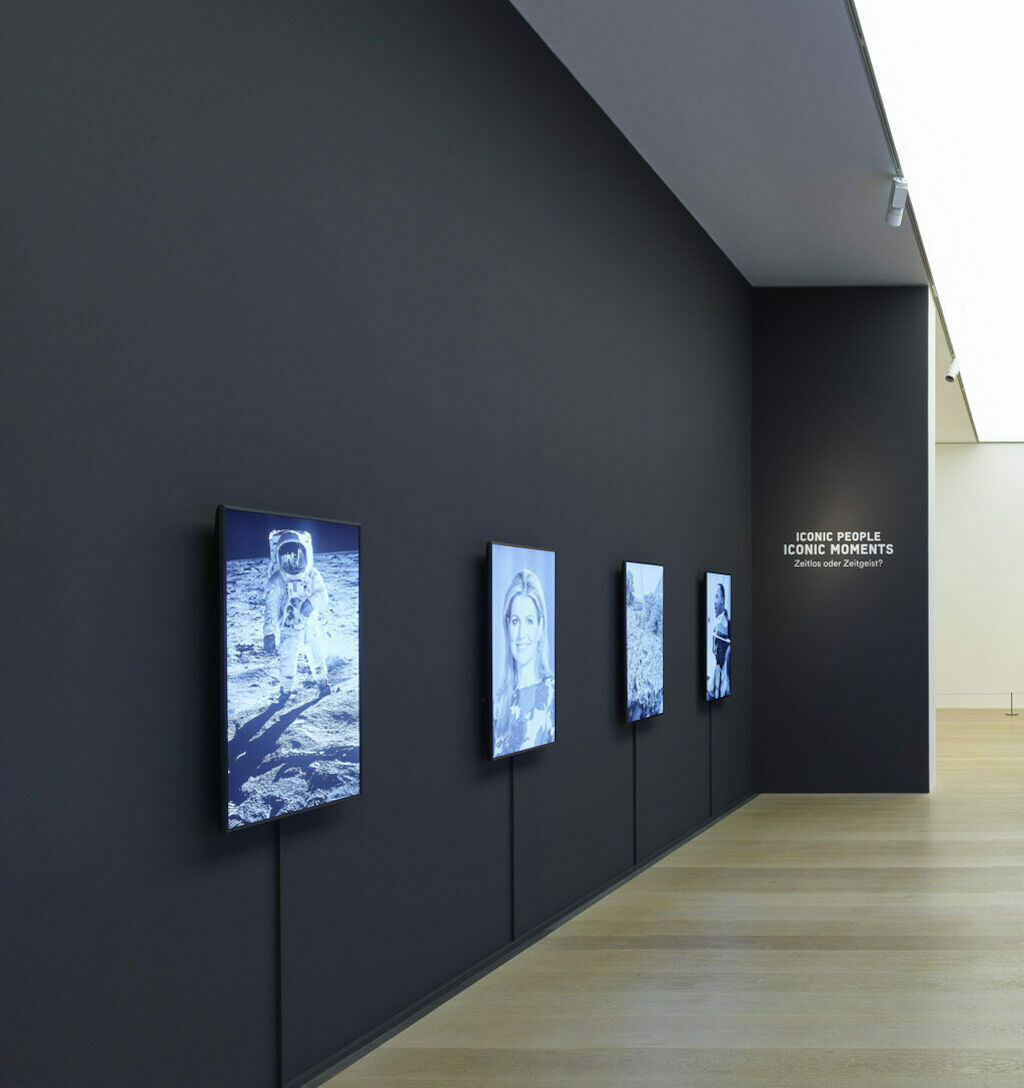
A second experience room deals with the "Iconization of the I". Especially in our time of images being spread millions of times through social media, there is an overwhelming power here. How do we direct ourselves, what image of us do we want to leave behind and pass on? These are questions we go into in this room with extracts from influencer channels from Instagram, Twitter, Facebook and YouTube. The visitors can even be active themselves and re-enact and document with a selfie a world-famous staging of one’s own image in which pop culture and an icon of classic painting meet (Beyoncé and Jay-Z in front of the Mona Lisa in the Louvre).
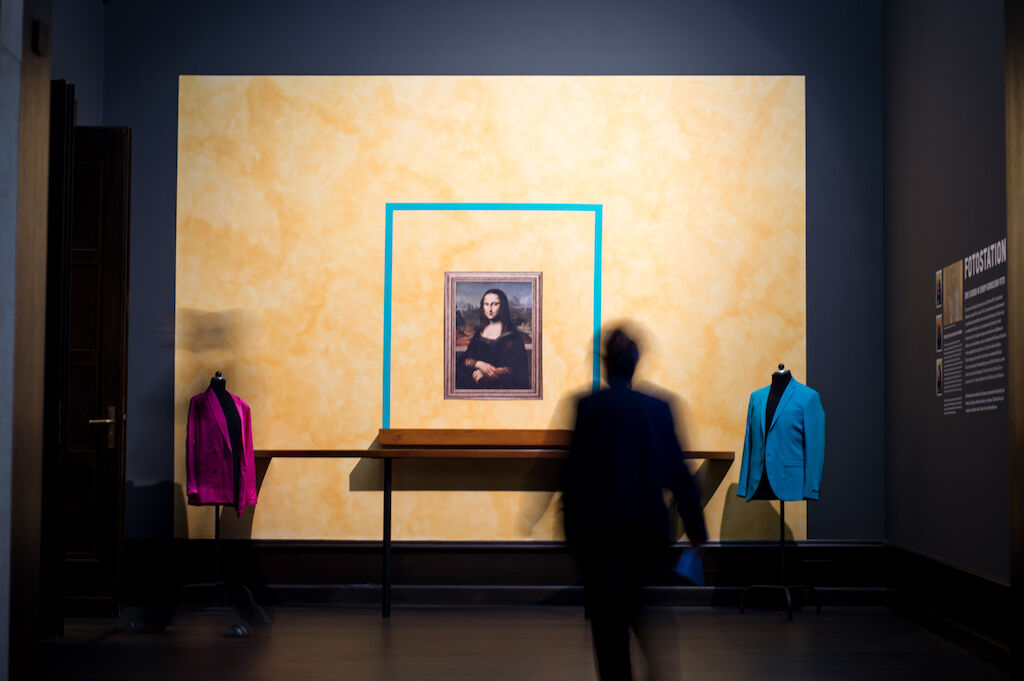
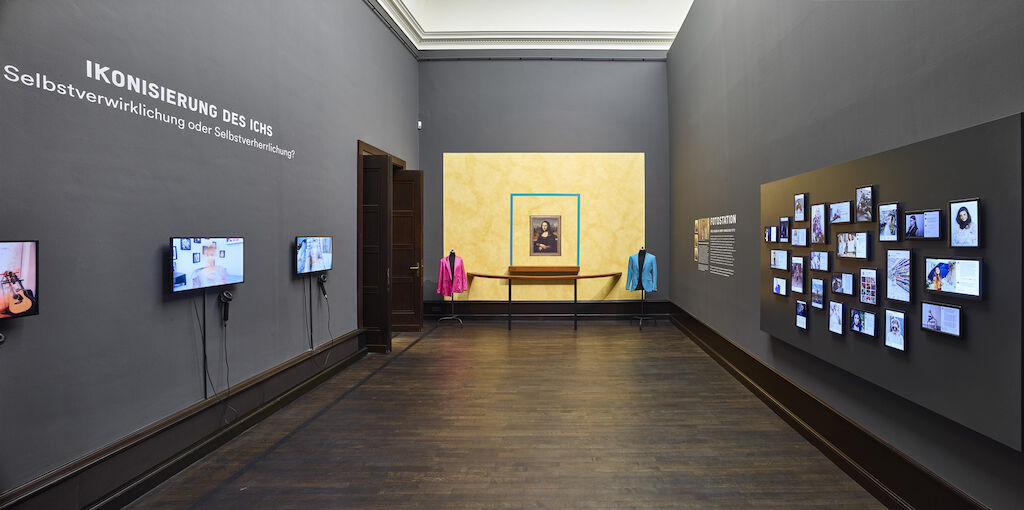
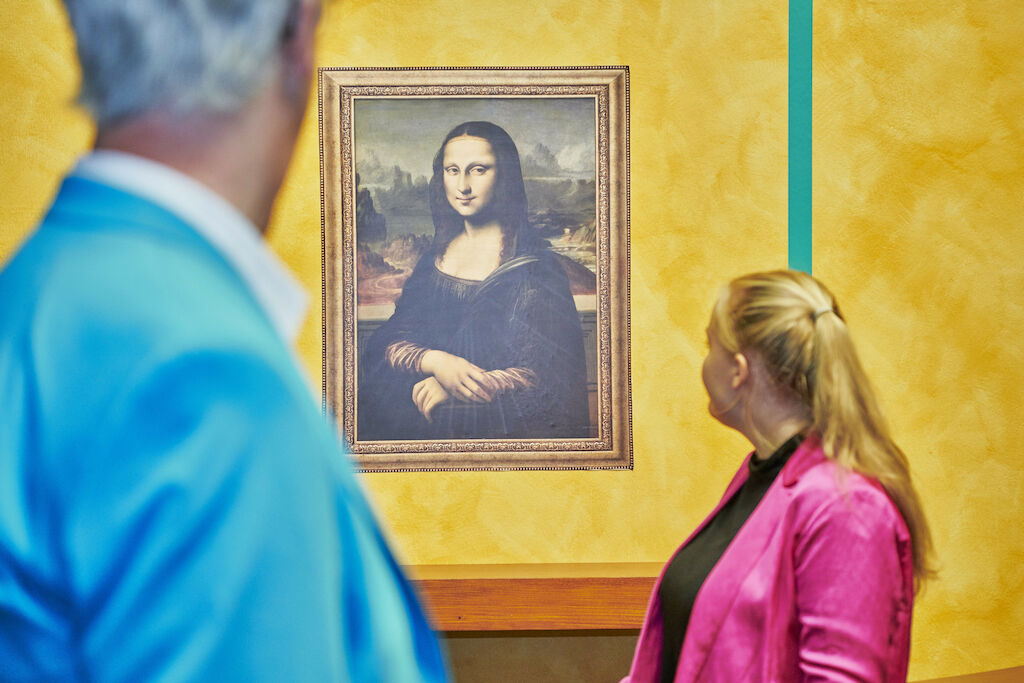
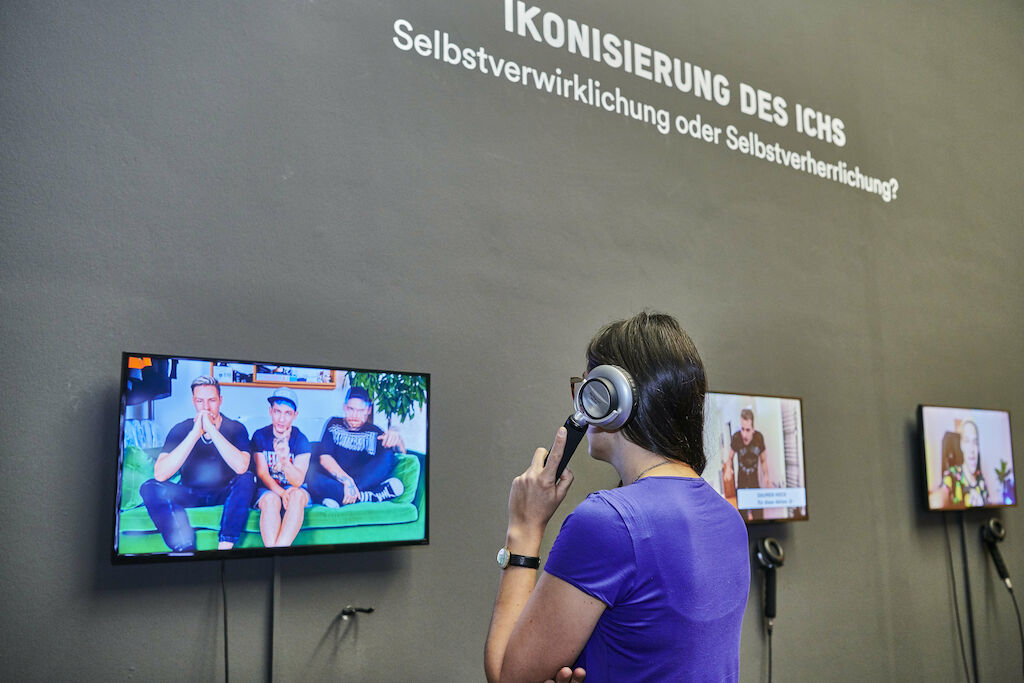
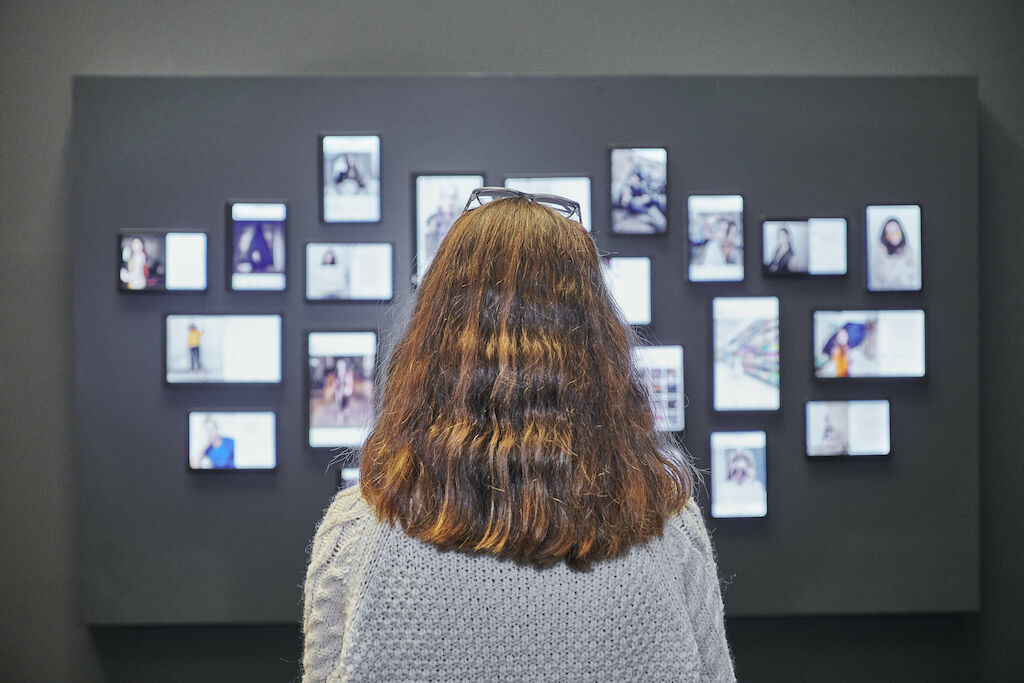
The third experience room, "Home Altars", plays with another, almost unnoticed aspect of worship and actively involves the visitors to the art gallery: Here, two living situations are adjusted which depict peculiar "private collections": Stones as vacation memories, lovingly arranged on a side table or a chest of drawers, a collection of snow globes collected from around the world, devotional tables to worship a favorite soccer club... Such collections of memories, yearning and worship exist in almost every home. The visitors can also bring in their "home altars" to the Icons exhibition - as a photo which will be presented with many others in a continuous loop on a monitor.
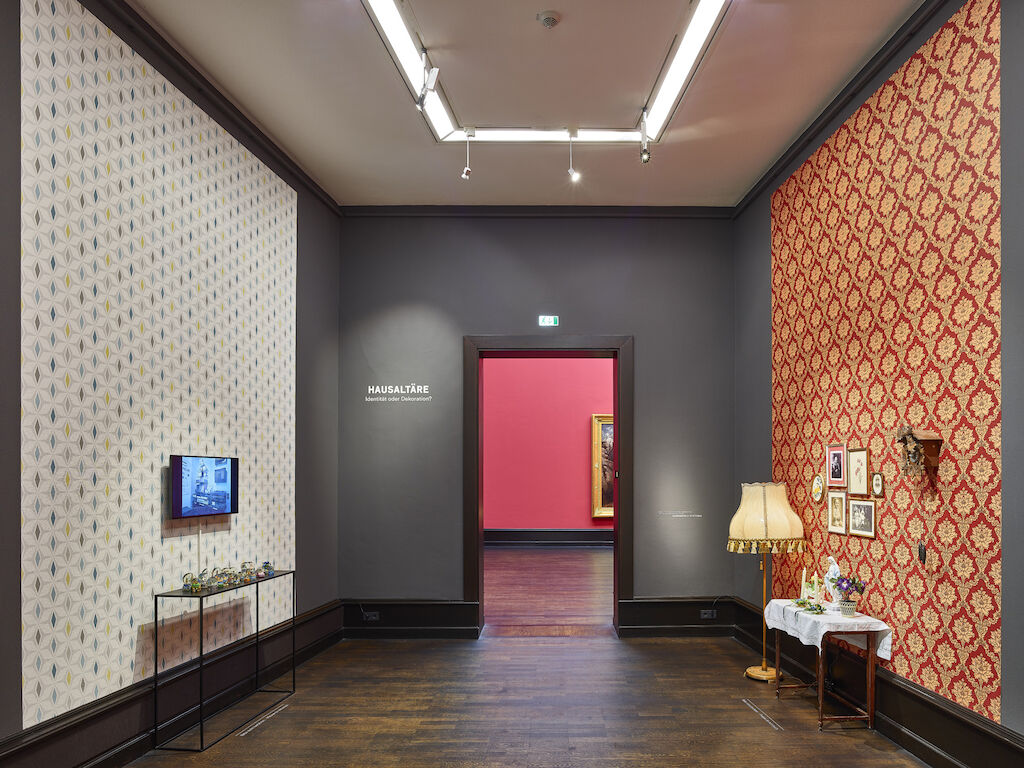
In the fourth and final experience room, we pose the question of how iconic brands permanently embed themselves in our consciousness. By way of exploration, the visitors can recognize the power of strong brand icons through different sensations on the basis of, for instance, tiny, visual elements, or they can also be decoded with the olfactory system using smell samples or, in an additional element, through the haptic palpation of iconic shapes. Here the exhibition can and should be experienced as a game. Script, shapes, colors, symbols, sounds and smells - there are numerous ways in and recognizable signals which emit brands. It is surprising that also known "advertising grouches" have to confess how many brands they recognize in the exhibition.
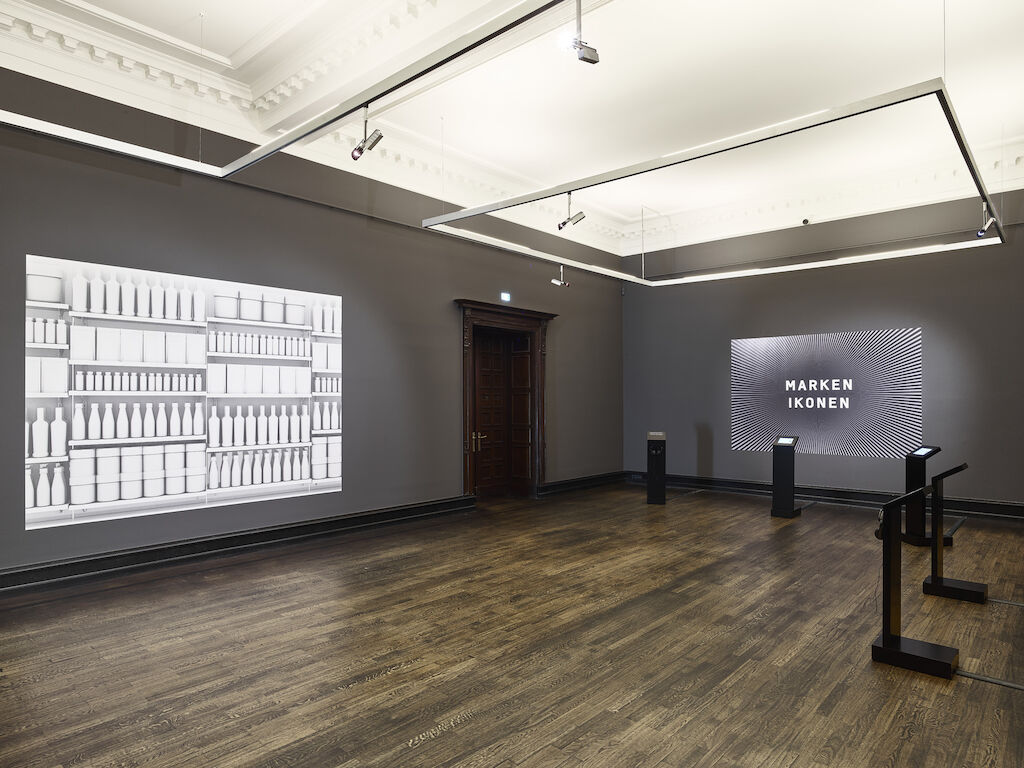
The composition of the branding and the visitor experience for the Bremen exhibition is an extraordinary example for bringing together a holistic experience for a brand, going far beyond the visual. The visual translation, the content dimension of the discourse regarding the concept of the icon and the sensual experience for the visitor to the exhibition merge into one unit which captivates and pleases.

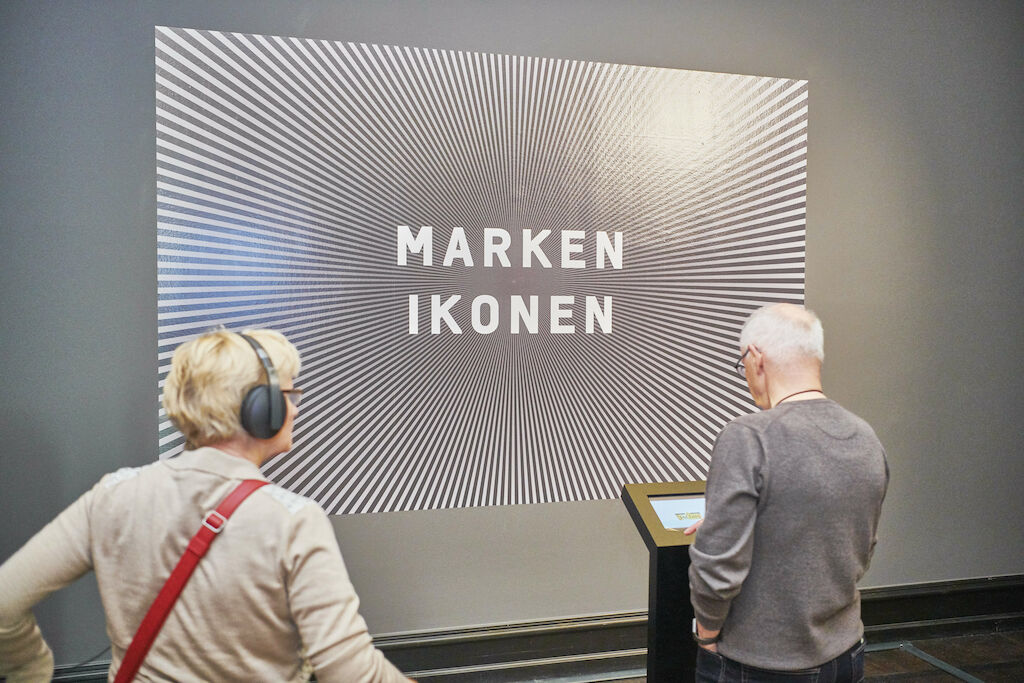
An invaluable thank you to the team at Kunsthalle Bremen for their extraordinary collaboration and a special experience. Above all Christoph Grunenberg, the Director of Kunsthalle Bremen, Eva Fischer-Hausdorf, the Co-Curator and Theresa Lange, Head of Marketing.
The exhibition “Icons - What we as people worship” can be experienced at the Kunsthalle Bremen until 1 March 2020.
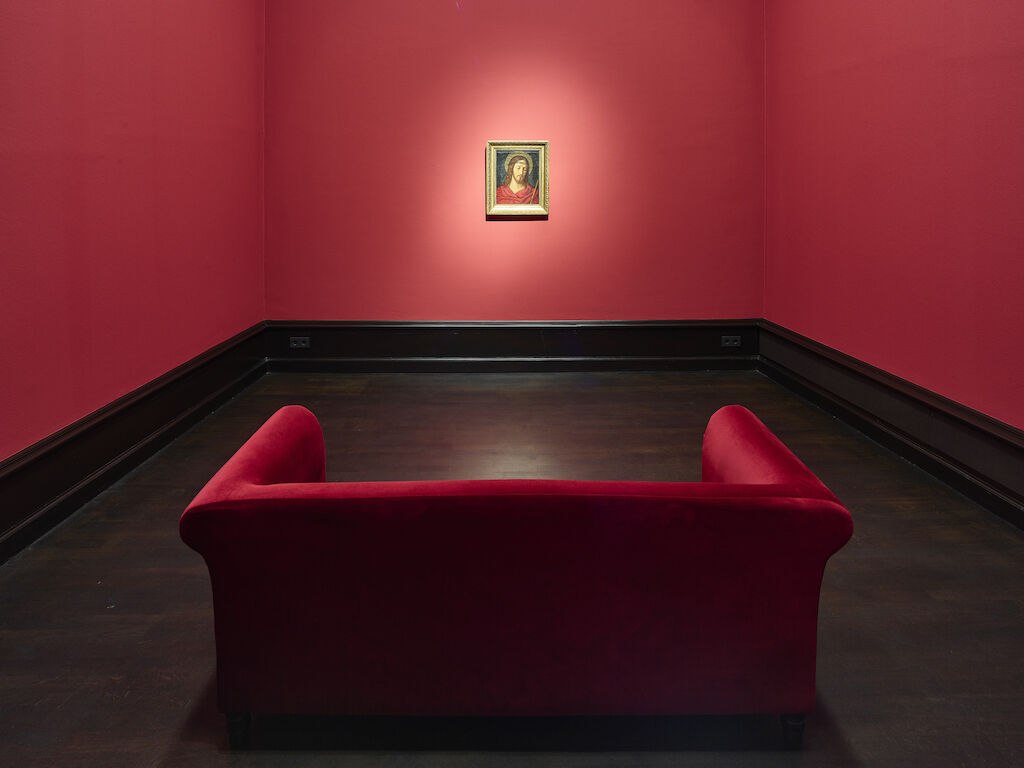
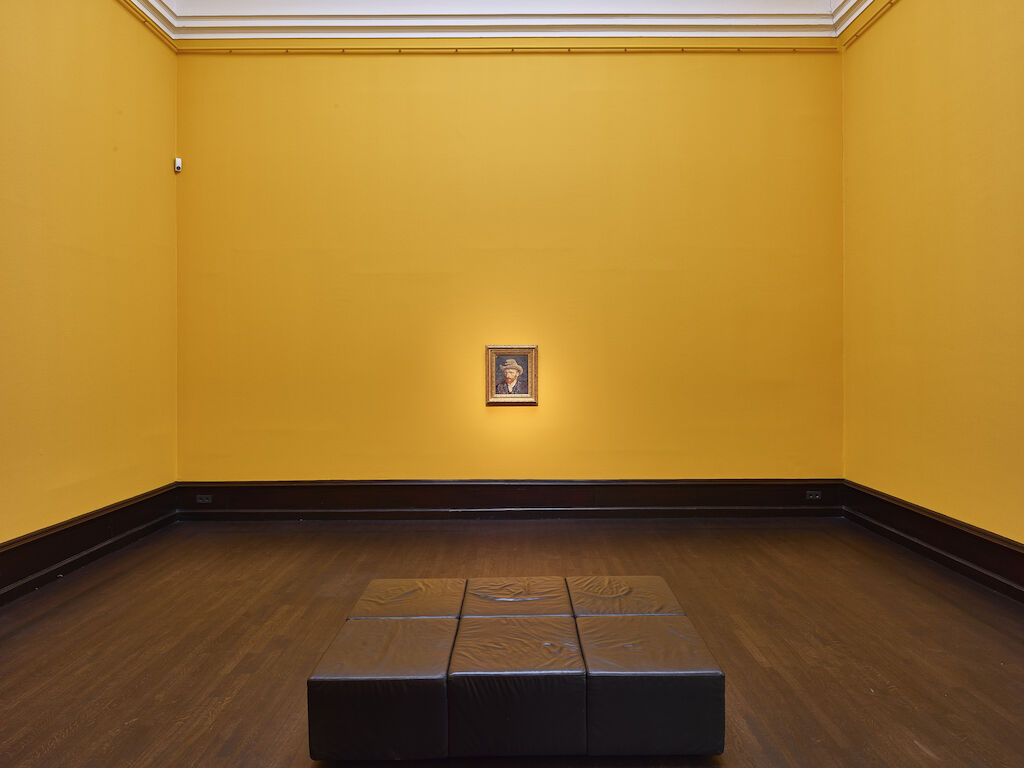
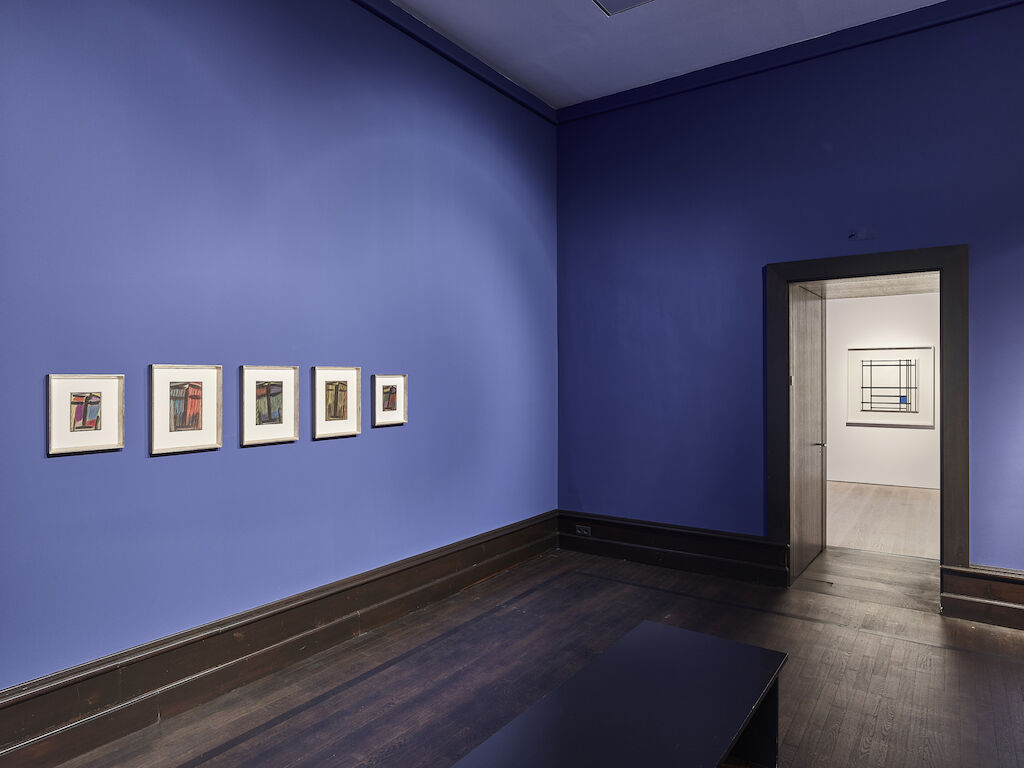
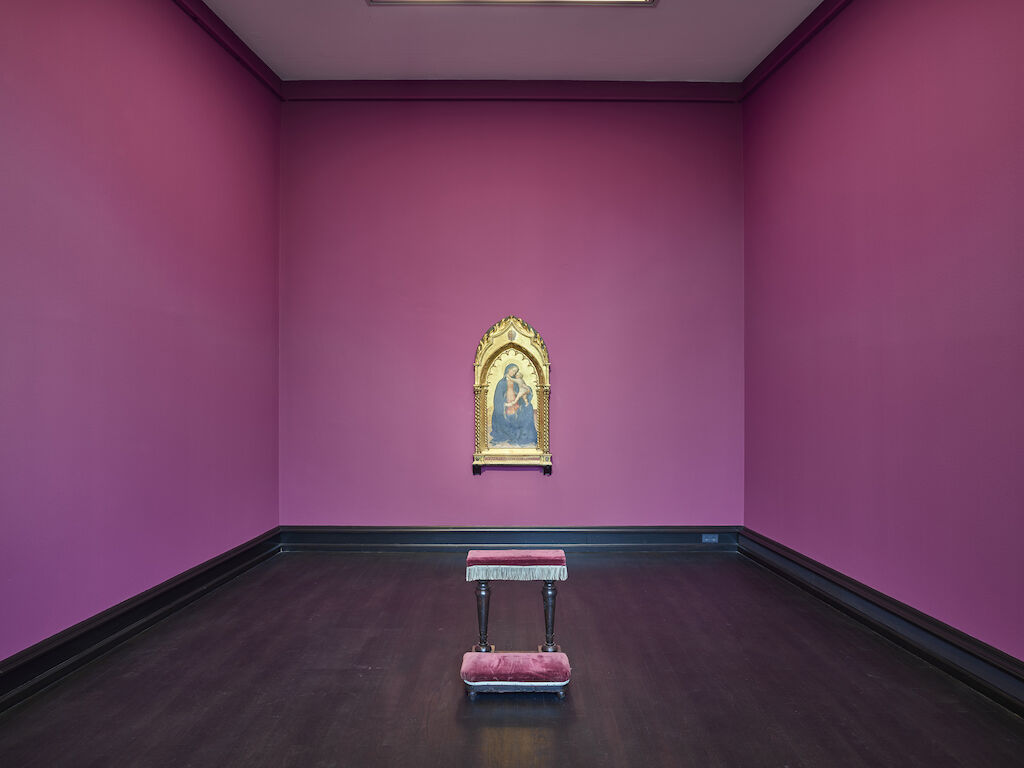
_Copyright images: Kunsthalle Bremen
_Photo credit: Marcus Meyer
_Thomas Maes is Creative Director at MetaDesign
_Lutz Nebelin is Head of Content and MetaSpaces at MetaDesign Berlin